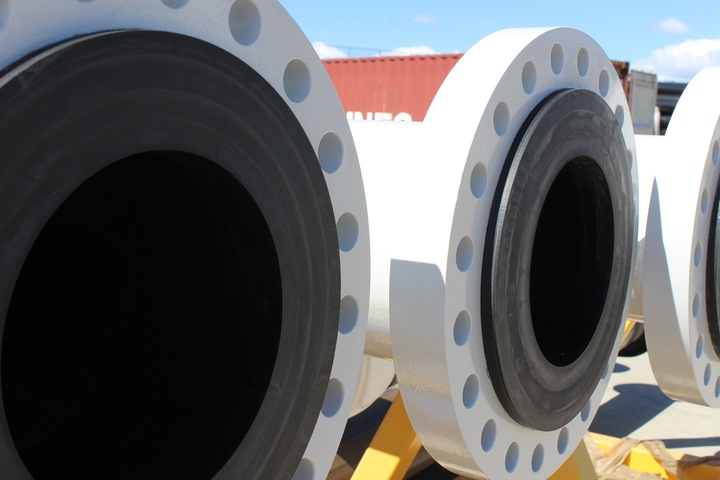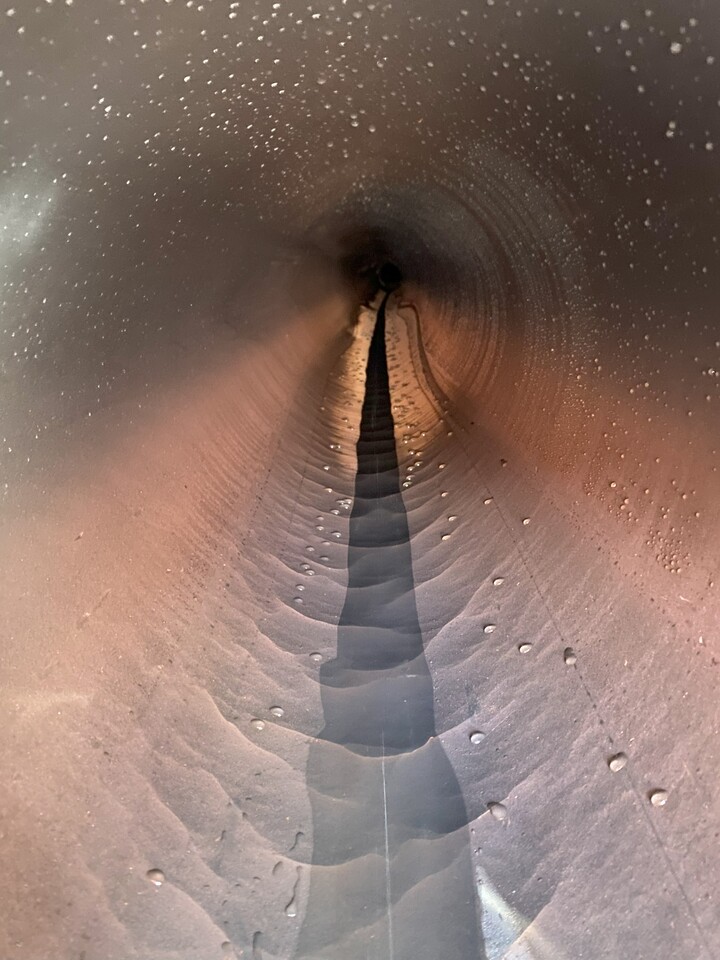In today’s mining landscape, operational efficiency and sustainability are essential to long-term success. As tailings become coarser and slurry velocities increase, traditional pipeline materials are reaching their limits.
Tailings slurry transportation is a critical part of minerals processing, with pipeline design and material selection directly influencing energy use and environmental impact. Mining operations are responsible for moving tailings safely and efficiently to storage or disposal sites, often under increasingly demanding conditions. Technologies like High-Pressure Grinding Rolls and coarse particle flotation have improved efficiency and mineral recovery but also produce coarser and sharper tailings. In some cases, coarse and fine fractions are separated for dam wall construction, adding further complexity to slurry transport. These developments make the choice of pipeline materials more important than ever.
High-Density Polyethylene (HDPE) is widely used in tailings and water transport pipelines, but its lifespan can decline significantly when exposed to larger particles at higher velocities – conditions that are becoming increasingly common in modern mining tailings applications.

Innovation in pipeline materials: Arterra™ UHMWPE pipelines
To address these challenges, Weir has introduced Arterra™ UHMWPE pipelines, engineered for high-wear, high-efficiency applications. These pipelines eliminate weld beads through face-to-face sealing with flanged connections and feature a smoother internal surface, reducing turbulence, friction losses and energy consumption.
Arterra™ UHMWPE pipelines are emerging as a strong alternative to HDPE, particularly in demanding slurry transport environments. With a molecular weight of 35 × 10⁵g/mol – more than seven times that of HDPE – it offers exceptional durability, low friction and high resistance to abrasion and impact. Its chemical resistance (up to 85C), non-scaling surfaces and ability to perform in corrosive or unstable ground conditions make it well-suited for today’s mining operations.
In a case study from a South Australian iron ore mine, pipeline lifespan increased from 4–6 weeks with HDPE to 12–16 months with Arterra™ UHMWPE – a significant improvement under challenging flow conditions.
Quantifying the impact

A comparative study modelled a 10km pipeline transporting copper-gold tailings, analysing both HDPE and Arterra™ UHMWPE pipelines under identical conditions – flow rate, slurry density and internal diameter.
The results showed a total head loss of 204.2m for HDPE, compared with 174.5m for Arterra™ UHMWPE pipelines. This translated to a 14.5% reduction in power consumption, saving 2.1GWh annually, along with a 1418t reduction in carbon emissions and A$302,346 in energy costs per year.
These findings were supported by Computational Fluid Dynamics simulations, which confirmed the significance of weld beads in increasing flow turbulence and head requirements.
Unlike HDPE, which is limited by standardised sizing, Arterra™ UHMWPE pipelines are manufactured with customised internal diameters. This design flexibility allows design engineers to select the internal diameter based on desired flow velocity, ultimately optimising pressure requirements, improving hydraulic efficiency and reducing wear.
Sustainability impact
As sustainability targets continue to tighten across the mining sector, infrastructure decisions – particularly around pipeline materials – are becoming increasingly important. Arterra™ UHMWPE pipelines support a more sustainable approach to mining by helping reduce energy consumption, lower emissions and improve system reliability.
The production process of Arterra™ UHMWPE pipelines generates 85% less CO₂ than steel and avoids wastewater and toxic byproducts commonly associated with traditional materials. Designed for durability and efficiency, they offer a practical solution for operations focused on both performance and environmental responsibility.
